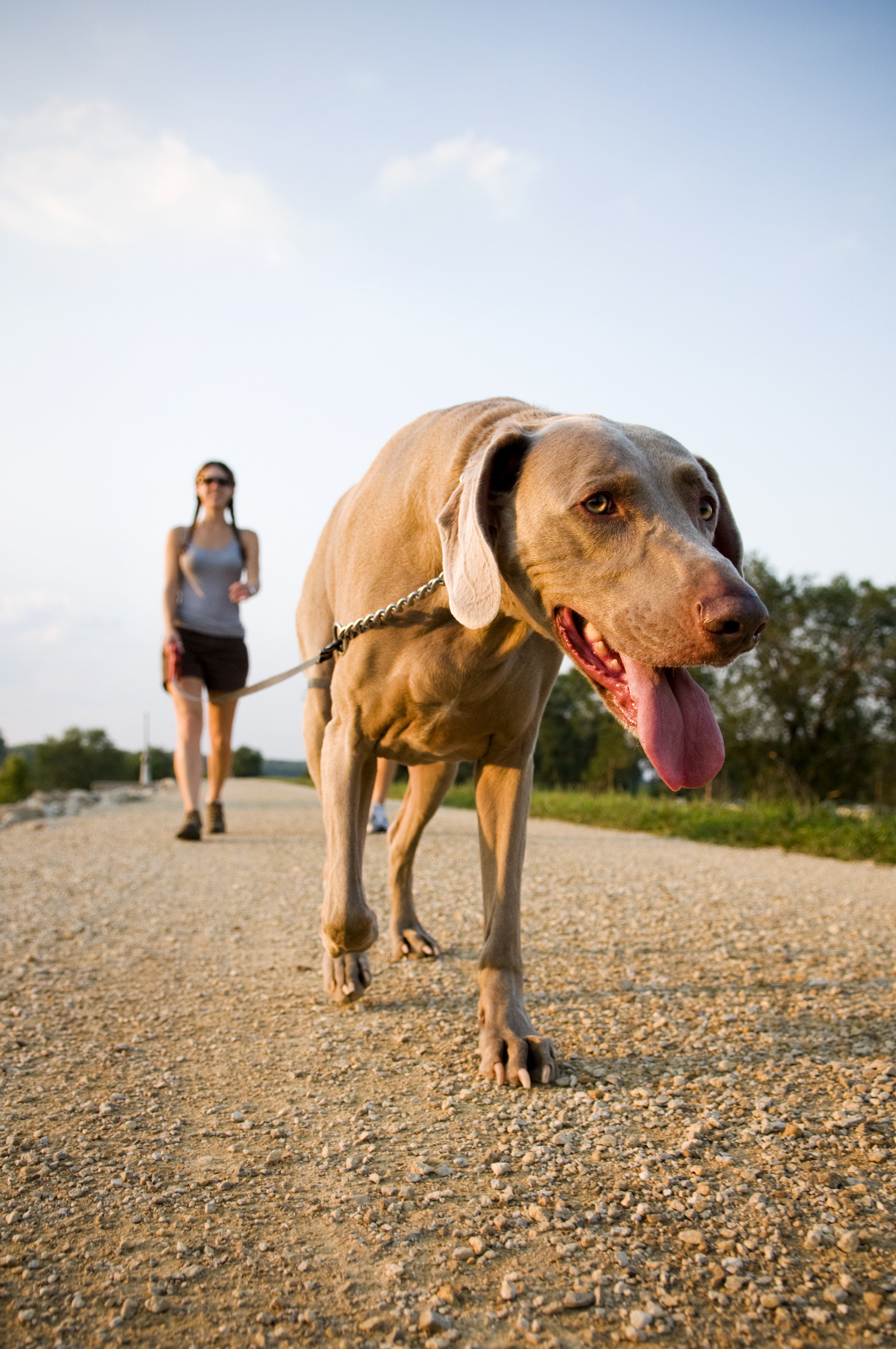Humans are not the only ones who experience heatstroke: our four-legged friends can suffer from it too.
And with summers getting more intense around the world, they are at more risk than ever.
The data speaks for itself, with the World Meteorological Organization confirming that 2024 was the warmest year on record.
Hong Kong, too, sweltered through scorching temperatures in 2024, logging its hottest year since records began in 1884 – and this year is shaping up to be another summer of hot weather warnings.
For veterinarians in the city, summers of soaring heat, combined with high levels of humidity and pollution, means that treating dogs for heat-related illnesses has become a frustrating cycle.
“Every summer, we see dogs in Hong Kong die from preventable heatstroke,” says Lloyd Kenda of Hong Kong’s Valley Veterinary Centre. “Unfortunately, this is a topic that needs to be repeated regularly.”
Kenda says he has seen dogs die from heatstroke that have been out walking for less than an hour. He adds that Hong Kong’s love for snub-nosed dogs like Boston terriers, bulldogs, pugs and Pekinese, which suffer from breathing issues, makes the problem even worse.
Heatstroke, or heat stress, occurs when an animal’s body temperature rises above its ability to cool down, says veterinarian Tania Heuer of Hong Kong’s Tai Wai Small Animal and Exotic Hospital.
“If it exceeds 41 degrees Celsius [106 degrees Fahrenheit], it can lead to multiple organ failure, brain damage and death,” Heuer says.
Heatstroke is always considered an emergency, Heuer says, and pets should be taken to the vet immediately.
“Many hospitals in Hong Kong are open 24/7, including our hospital, where we can assist with this emergency in all species of animals.”
The Society for the Prevention of Cruelty to Animals (SPCA) says that dogs should never be left outside without shelter during intense summer heat.
Being left inside a car is also dangerous, as it can act like an oven, with temperatures potentially rising to dangerously high levels – 50 degrees Celsius or higher, it says.
The SPCA also says that owners should make sure that dogs avoid vigorous exercise and that they do not exercise with a tight muzzle on, as that can impede their ability to pant, which can lead to overheating. They should also avoid walking a dog on hot pavements during scorching summer days to protect their paws from burning.
Heuer says the symptoms of heatstroke include excessive panting, bright red or pale gums, drooling, lethargy, or collapse, such as when a dog is unable to walk or stand.
A dog’s poor response to the owner – when it does not listen to commands or recognise its owner – is also a sign, as are vomiting and diarrhoea, Heuer says. “Seizures in severe cases can also occur.”
Heuer adds that heatstroke can also occur in cats, rabbits, hamsters, birds, guinea pigs and even reptiles.
“For all pets, especially those kept in confined areas, ensure shaded, ventilated housing and avoid direct sun exposure.”
As with many health issues, preventing heatstroke is much better than trying to save a heatstroke victim, says Kenda.
“Think before you take your dog on a walk, and also keep an eye out for other dogs on walks. Heatstroke is a completely avoidable possible cause of death,” he says.
Heuer’s advice on how to avoid heatstroke
Avoid exercise during the hottest parts of the day, and walk dogs early in the morning or late in the evening.
Touch the ground with your hand. If it is too hot for your hand, it is too hot to walk your dog.
Provide constant access to shade and fresh water – animals must be able to move freely between warm and cooler areas. Use cooling mats, fans or frozen treats, such as ice blocks with treats inside.
Groom long-haired pets to reduce heat retention and monitor high-risk pets – such as flat-faced breeds and elderly, overweight or sick animals – closely.
Never leave pets in a parked car, even for a few minutes.
If you suspect heatstroke in your dog, Heuer says you should do the following:
Call a vet who provides emergency care, and arrange for immediate transport to their hospital for assessment.
Move the pet to a cool, shaded area immediately – remove them from any warm surface.
Start by cooling the body down: use room temperature or lukewarm water on the body, especially on the belly, paws, armpits and ear lobes.
Place the animal on wet towels or use a fan to aid evaporation if you have access to these. For small pets, place them on a cool, damp towel.
Do not use ice or ice-cold water, as this can constrict the skin’s blood vessels, reducing blood flow to the skin, trapping heat internally and worsening the condition. It can cause the animal to shiver, increasing heat generation.
If the dog is alert and responsive, offer small amounts of cool water – but do not force it to drink.
“If you suspect your dog has heatstroke, then you should seek help immediately, even if the pet seems better,” Heuer says. “Internal damage can continue, and most cases will need treatment.”
Like what you read? Follow SCMP Lifestyle on Facebook, X and Instagram. You can also sign up for our eNewsletter here.
